The Best FreeSync Gaming Monitors of 2025
Experience smoother, tear-free gaming with the best FreeSync monitors. These monitors dynamically sync their refresh rate with your compatible graphics card (like AMD's powerful Radeon RX 7800 XT, or the upcoming RX 5070 and RX 5070 XT releasing in March), minimizing input lag, screen tearing, and stuttering for a superior gaming experience. To harness the full potential of a high-performance graphics card, you need a monitor that can keep pace. Our top recommendation, the Gigabyte Aorus FO32U, delivers exceptional performance at a reasonable price. But if that doesn't quite fit the bill, explore our curated selection of top-tier FreeSync gaming monitors below.
TL;DR – Best FreeSync Gaming Monitors:
----------------------------------------------------
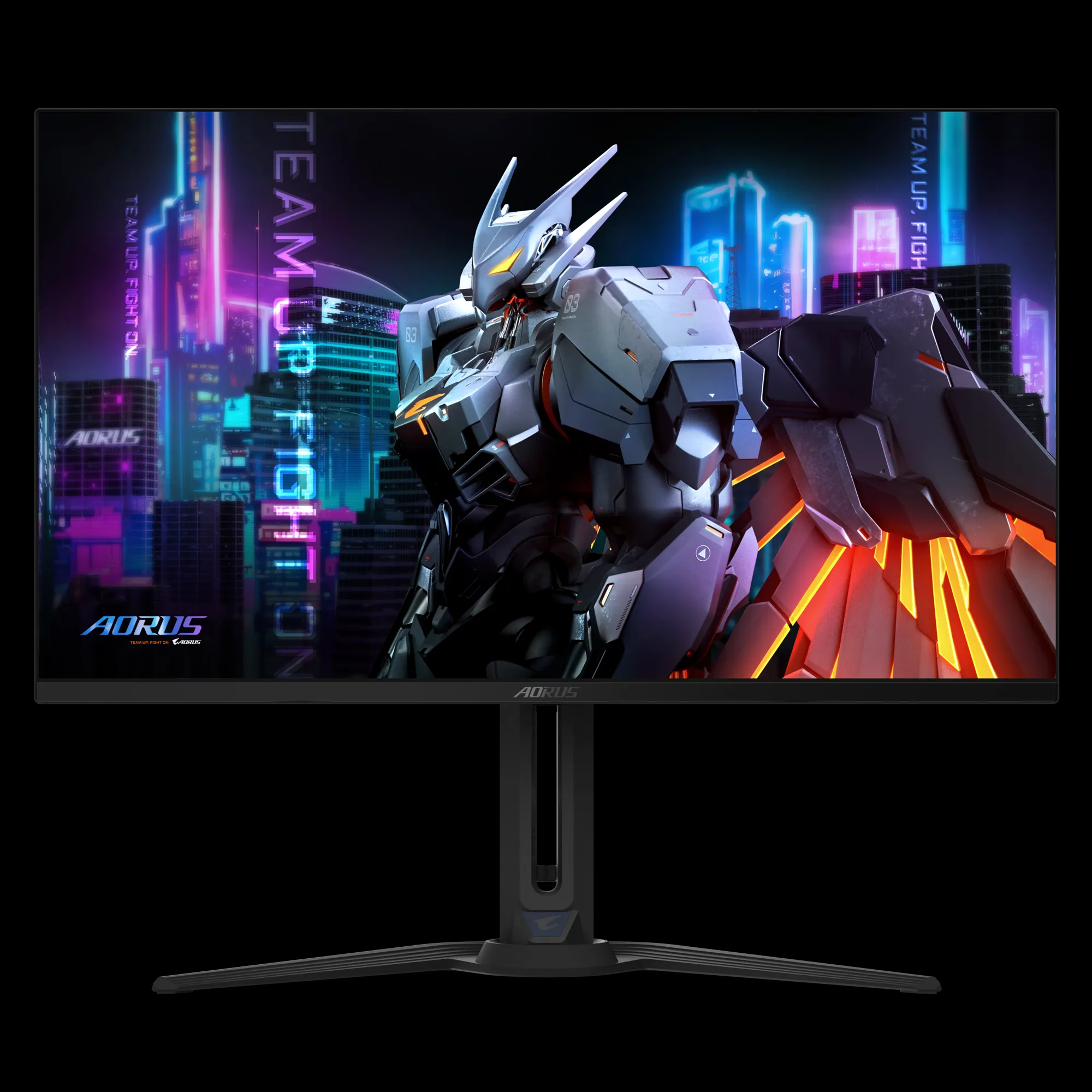
Gigabyte Aorus FO32U2

Lenovo Legion R27fc-30
See it at Amazon See it at Lenovo

LG UltraGear 27GN950-B
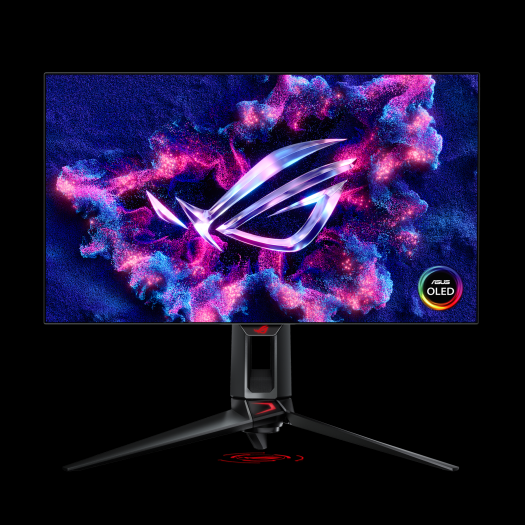
Asus ROG Swift PG27AQDP
See it at Amazon See it at Newegg
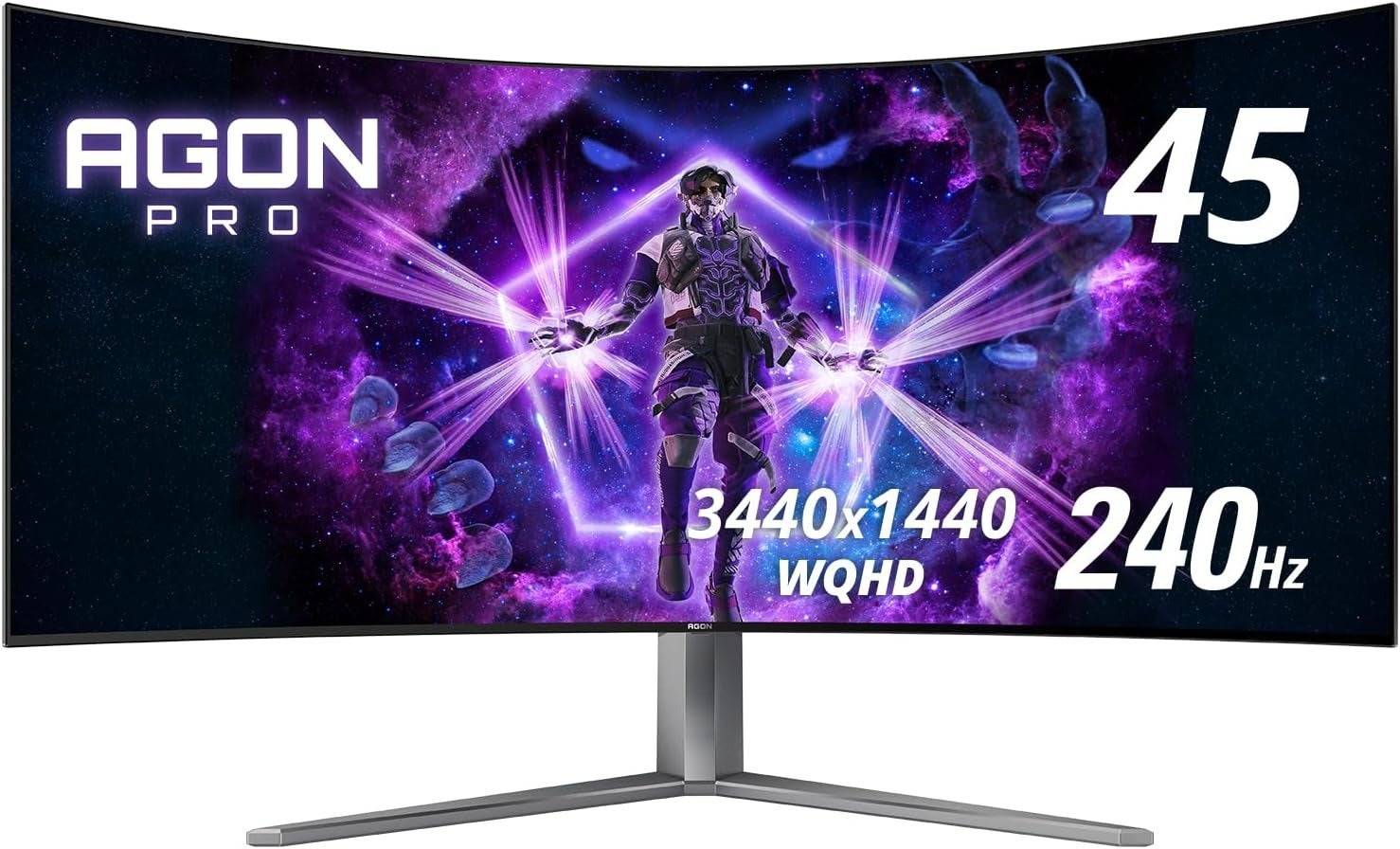
AOC Agon Pro AG456UCZD
All monitors listed boast FreeSync compatibility. These are ideal for gaming PCs and many also work seamlessly with Xbox Series X and PlayStation 5 consoles. *Additional contributions by Kevin Lee, Georgie Peru, and Danielle Abraham.*
Gigabyte Aorus FO32U2 Pro – Photos
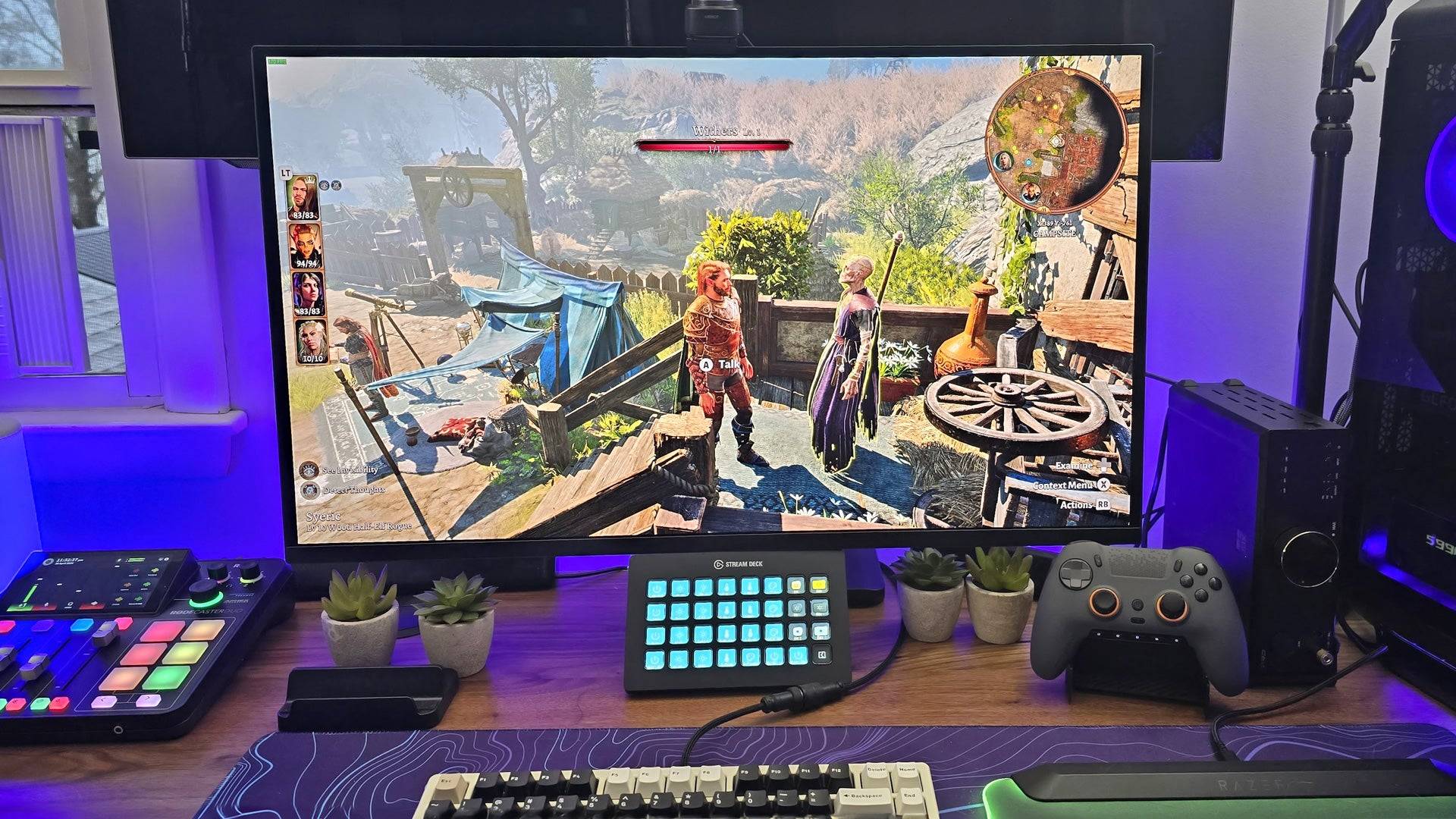
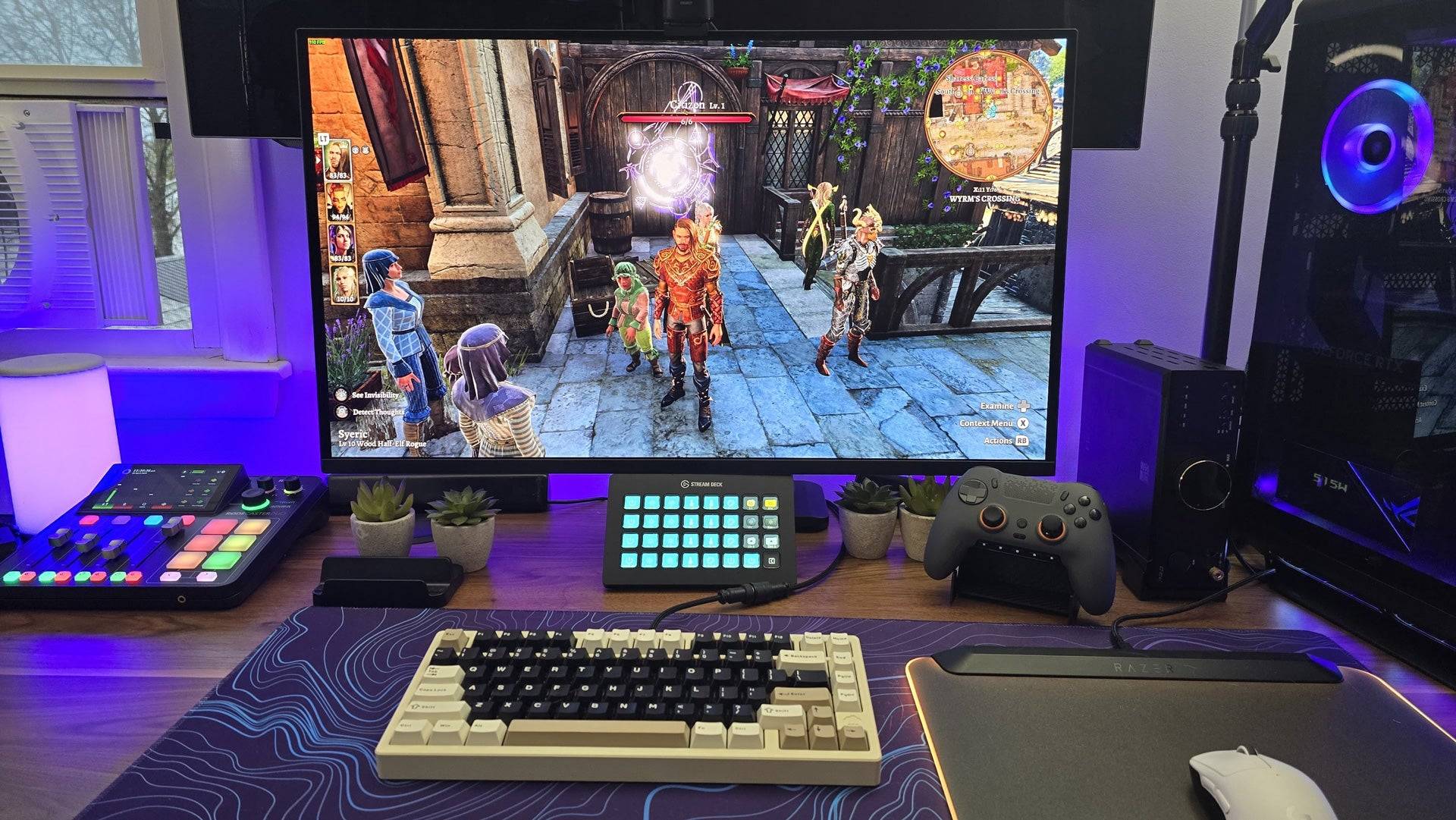
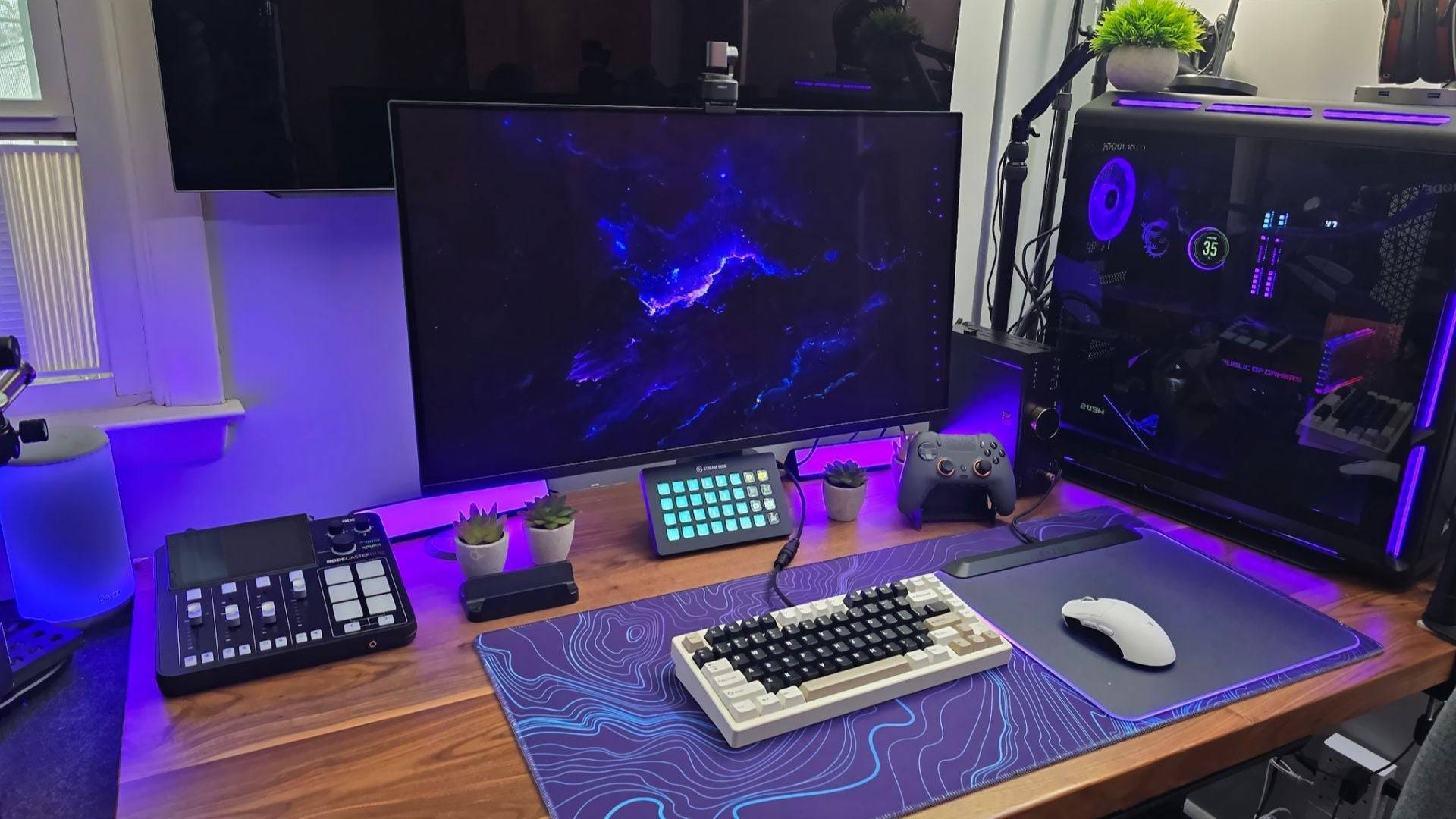


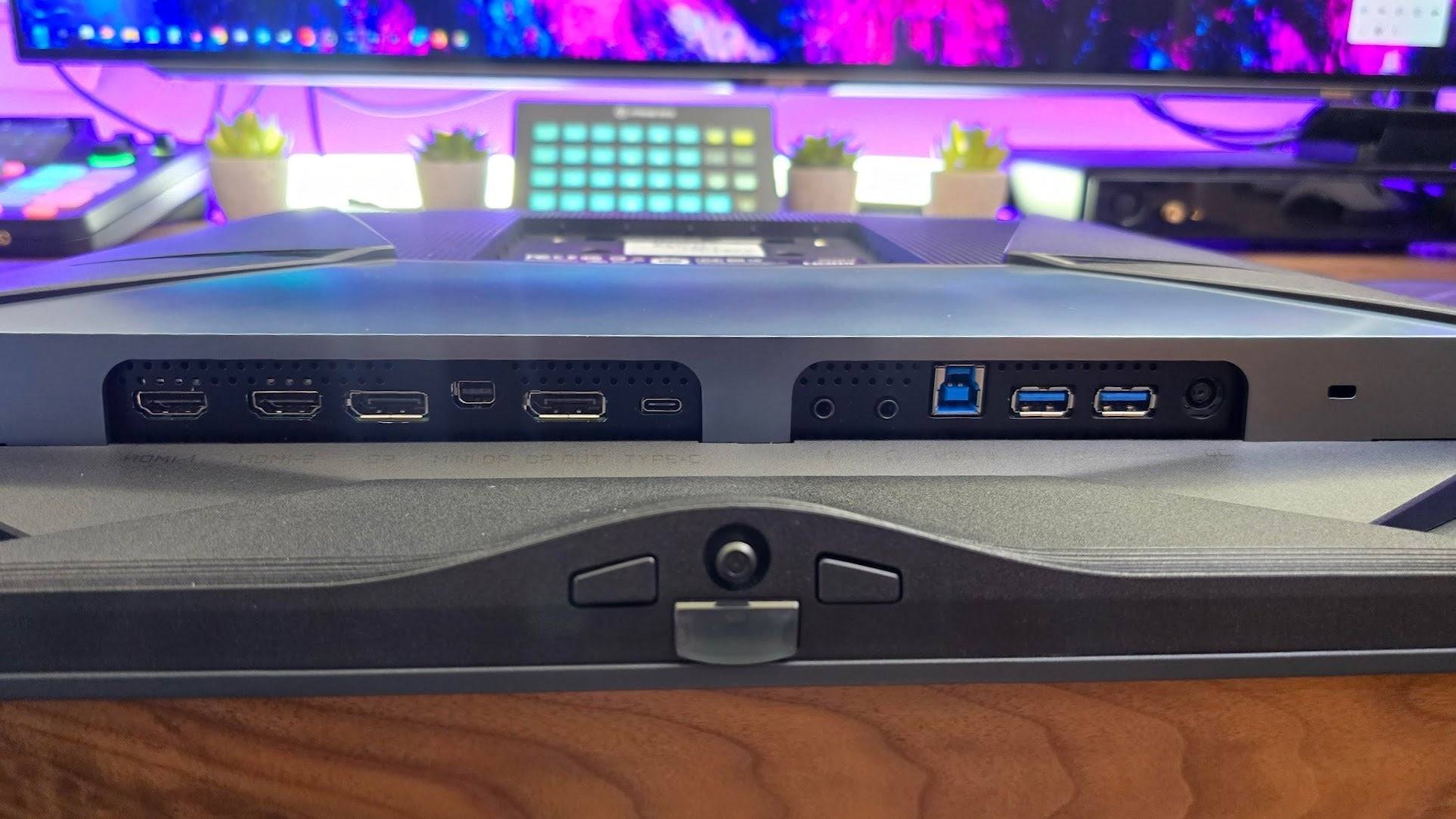
13 Images
1. Gigabyte FO32U2 – Best FreeSync Gaming Monitor

Gigabyte FO32U2 Pro
This exceptional monitor shines with its feature-rich design and vibrant QD-OLED panel. See it at Amazon
Product Specifications: Aspect Ratio: 16:9, Screen Size: 31.5”, Resolution: 3,840 x 2,160, Panel Type: QD-OLED, Brightness: 1,000cd/m2, Max Refresh Rate: 240Hz, Response Time: 0.03ms, Inputs: 2 x HDMI 2.1, 1 x DisplayPort 1.4, 1 x USB Type-C, 2 x USB 3.2 Type-A
PROS: Outstanding 4K resolution with vivid colors, Excellent performance, High peak brightness. CONS: Calibration needs tweaking initially.
The Gigabyte FO32U2 (and its Pro variant with DisplayPort 2.1) delivers a phenomenal gaming experience. Its stunning QD-OLED display and recent price reductions make it an incredible value. This is my personal choice, boasting exceptional brightness and vivid colors. While competition has increased, its sub-$1000 price point (for the non-Pro version) remains highly competitive. While not the absolute brightest, its 1,000 nits peak brightness and 240Hz refresh rate provide exceptional motion clarity, perfect for competitive gaming.
2. Lenovo Legion R27fc-30 – Best Budget FreeSync Gaming Monitor

Lenovo Legion R27fc-30
This monitor offers a high refresh rate and FreeSync Premium at an affordable price. See it at Lenovo See it at Amazon
Product Specifications: Screen size: 27", Aspect ratio: 16:9, Resolution: 1,920 x 1,080, Panel type: VA, FreeSync Premium, Brightness: 350 cd/m2, Refresh rate: 280Hz, Response time: 0.5ms, Inputs: 2 x HDMI 2.1, 1 x DisplayPort 1.4
PROS: FreeSync Premium support, Ridiculously high refresh rate for the price, HDMI 2.1 support for consoles. CONS: Limited peak brightness.
Under $200, the Lenovo Legion R27fc-30 is a steal. Its 1080p resolution, 27-inch panel, and impressive 280Hz refresh rate make it perfect for competitive gaming. It also features HDMI 2.1 and a curved 1500R panel for immersive gameplay. The VA panel delivers good image quality, with better contrast than IPS panels.

3. LG UltraGear 27GN950-B – Best 4K FreeSync Gaming Monitor

LG UltraGear 27GN950-B
A 4K, FreeSync Premium Pro monitor with a 144Hz refresh rate and HDR support. See it at Amazon
Product Specifications: Screen size: 27", Aspect ratio: 16:9, Resolution: 3,840 x 2,160, Panel type: IPS, FreeSync Premium Pro, G-Sync Compatible, Brightness: 600cd/m2, Refresh rate: 144Hz, Response time: 1ms, Inputs: 2 x HDMI 2.0, 1 x DisplayPort 1.4
PROS: FreeSync Premium Pro support for HDR gaming, Wide color gamut support. CONS: Poor contrast ratio.
For 4K gaming, the LG UltraGear 27GN950-B stands out with its FreeSync Premium Pro support and HDR capabilities. The 27-inch IPS panel offers sharp visuals and a 144Hz refresh rate. Its wide color gamut ensures vibrant colors, making the most of HDR content.
Asus ROG Swift OLED PG27AQDP – Photos

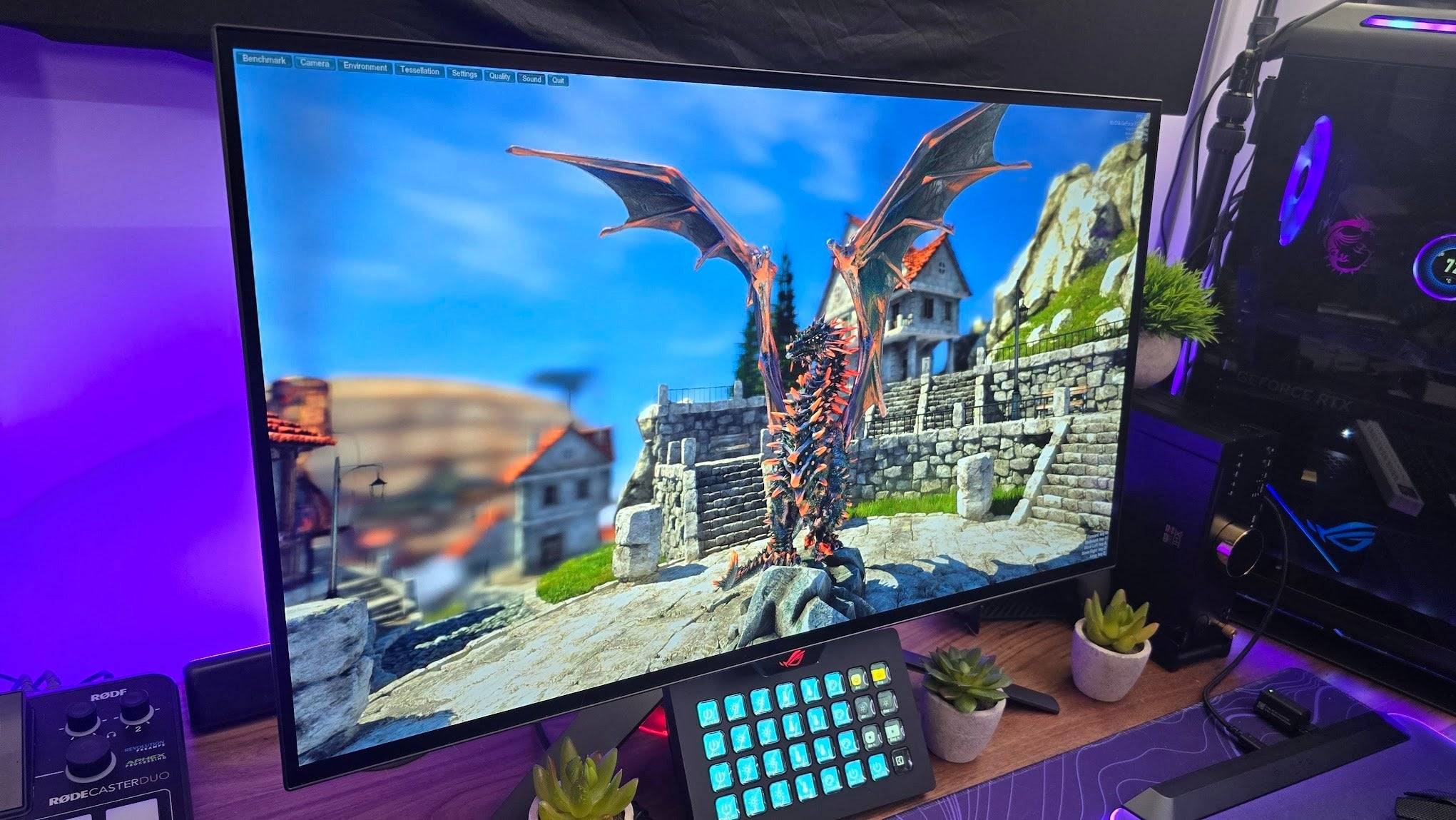
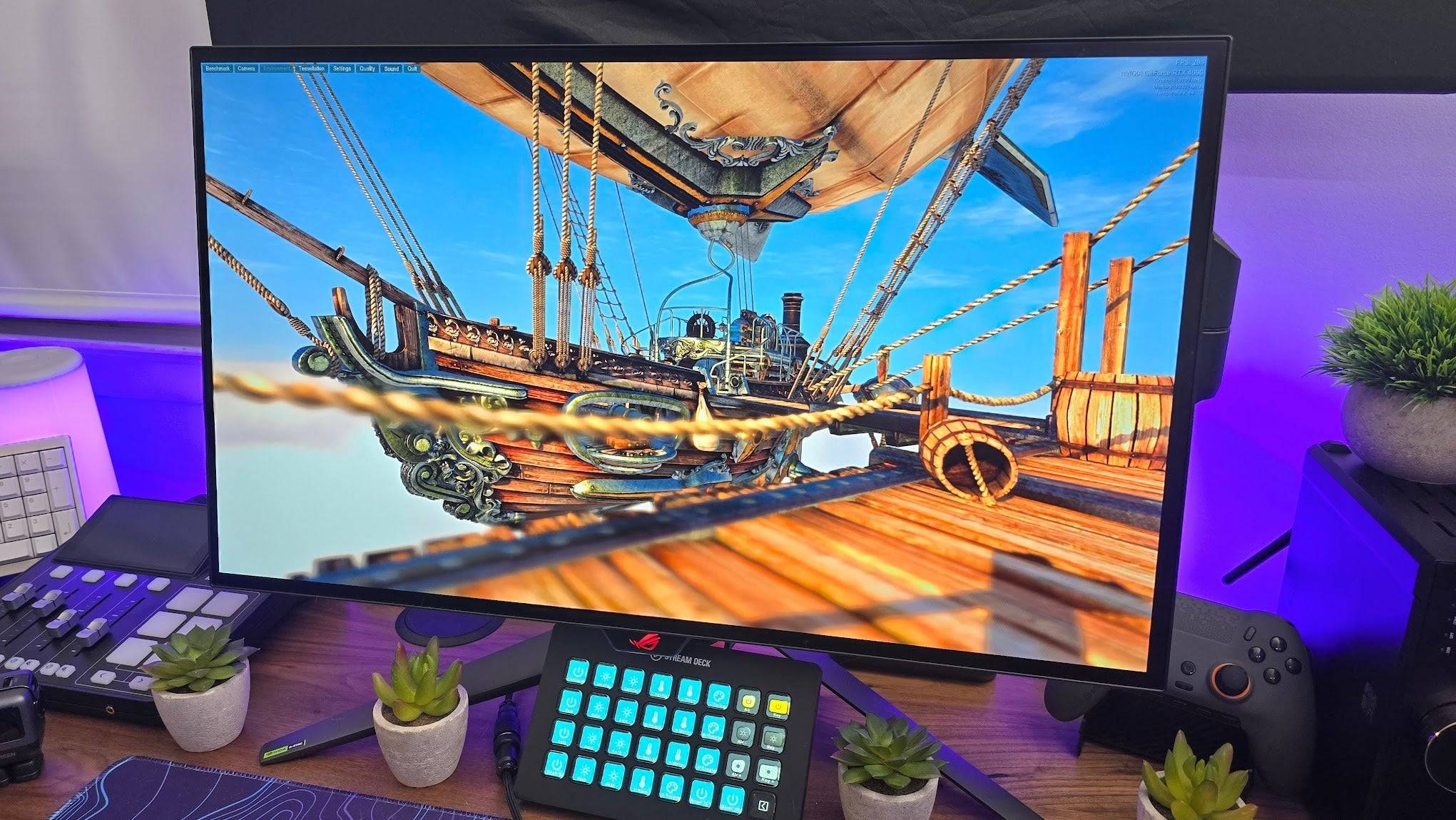
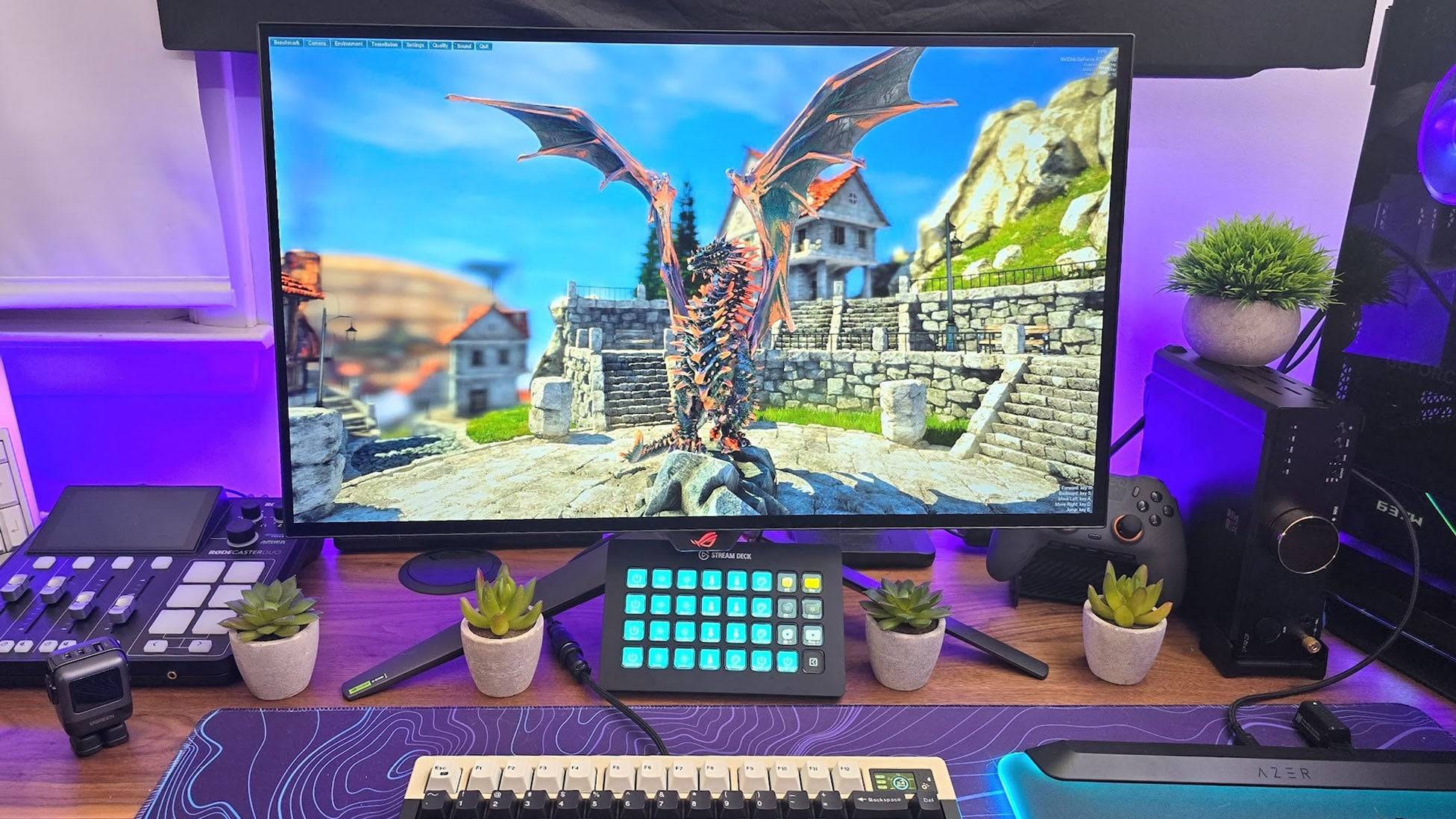
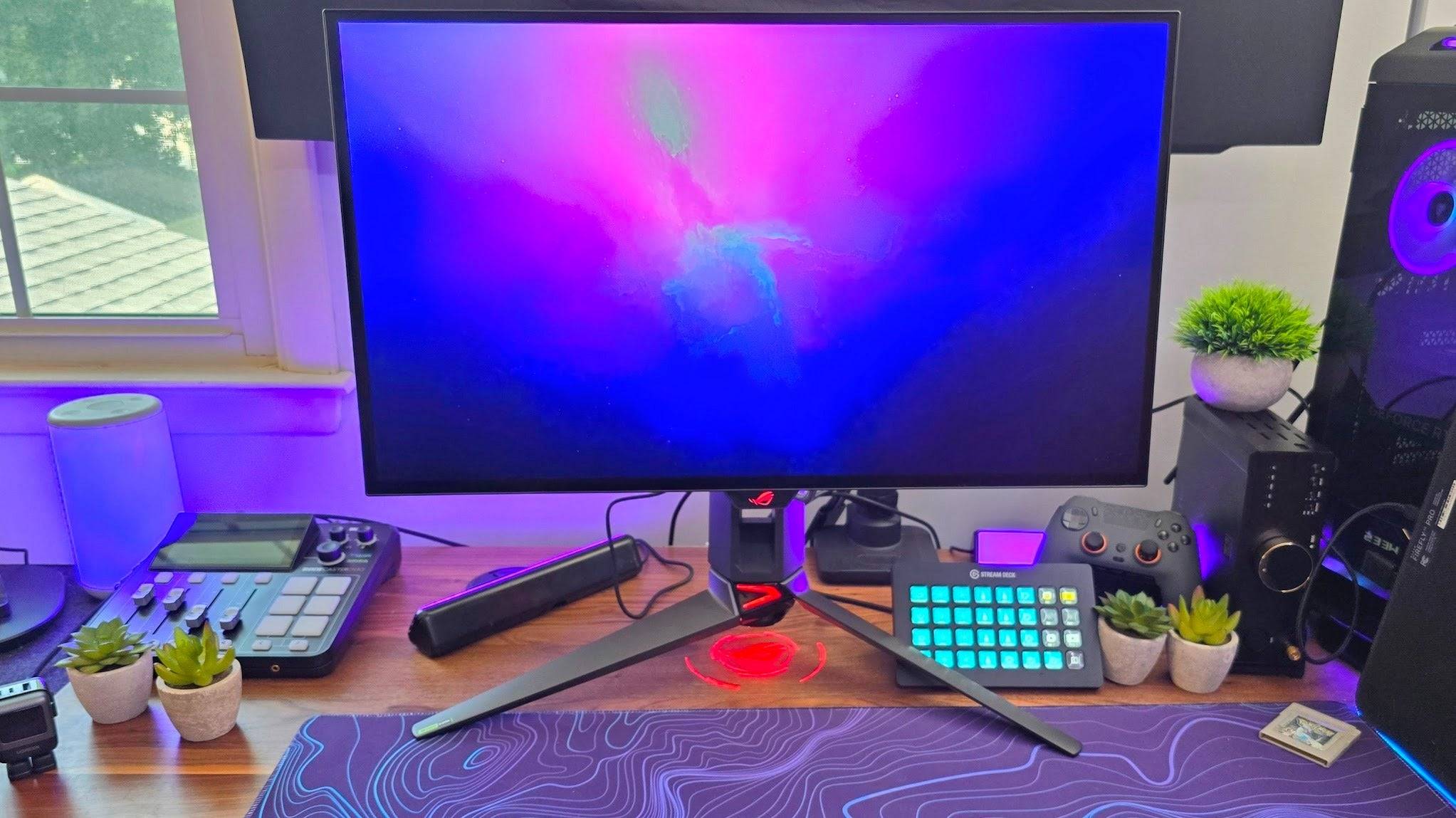
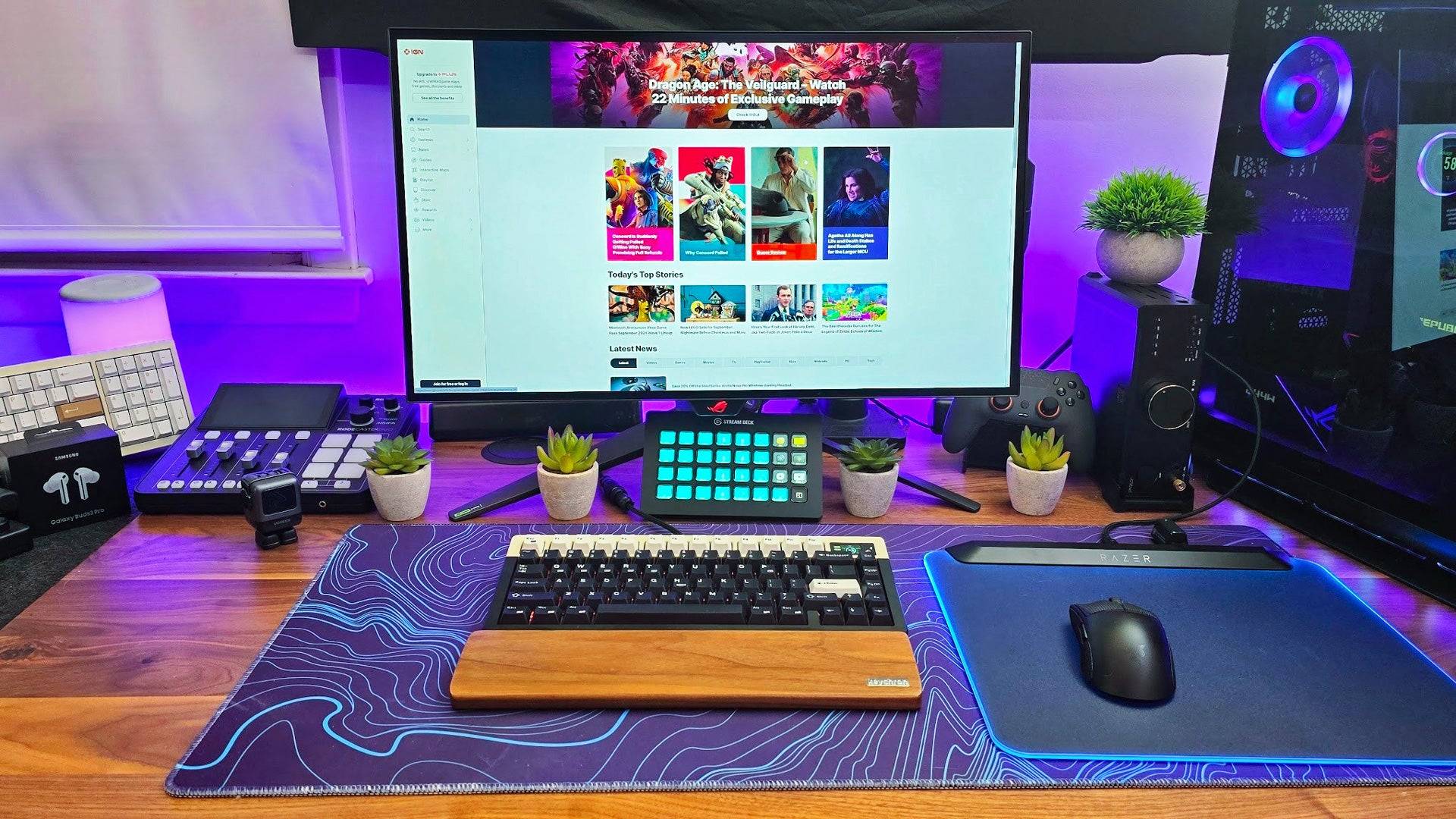
19 Images
4. Asus ROG Swift PG27AQDP – Best 1440p FreeSync Monitor
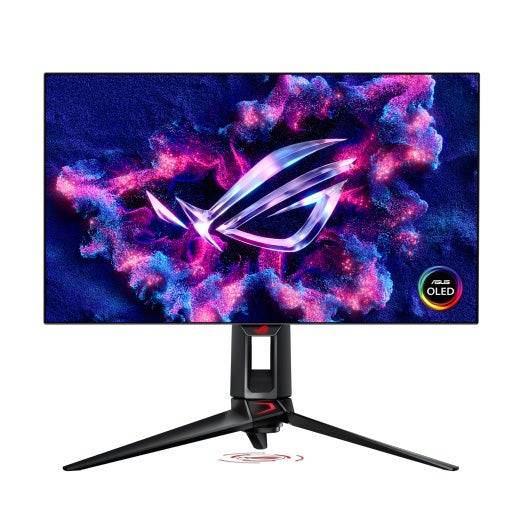
Asus ROG Swift PG27AQDP
A top-tier gaming monitor perfect for competitive gamers. See it at Newegg
Product Specifications: Screen size: 26.5", Aspect ratio: 16:9, Resolution: 2,560 x 1,440, Panel type: OLED, FreeSync Premium, Brightness: 1,300cd/m2, Refresh rate: 480Hz, Response time: 0.03ms, Inputs: 2 x HDMI 2.1, 1 x DisplayPort 1.4, 2 x USB 3.2
At 1440p, the Asus ROG Swift PG27AQDP excels with its 480Hz refresh rate and exceptional motion clarity. Its bright WOLED panel (1,300 nits) delivers rich colors and stunning visuals, suitable even for some content creation tasks. It's also a great choice for consoles, with two HDMI 2.1 ports supporting 240Hz refresh rates.
AOC Agon Pro AG456UCZD – Photos
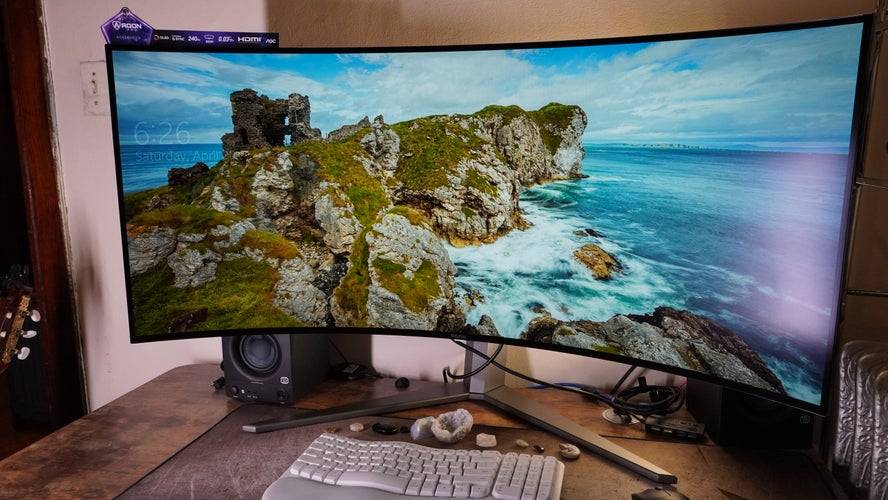





7 Images
5. AOC Agon Pro AG456UCZD – Best Ultrawide FreeSync Monitor
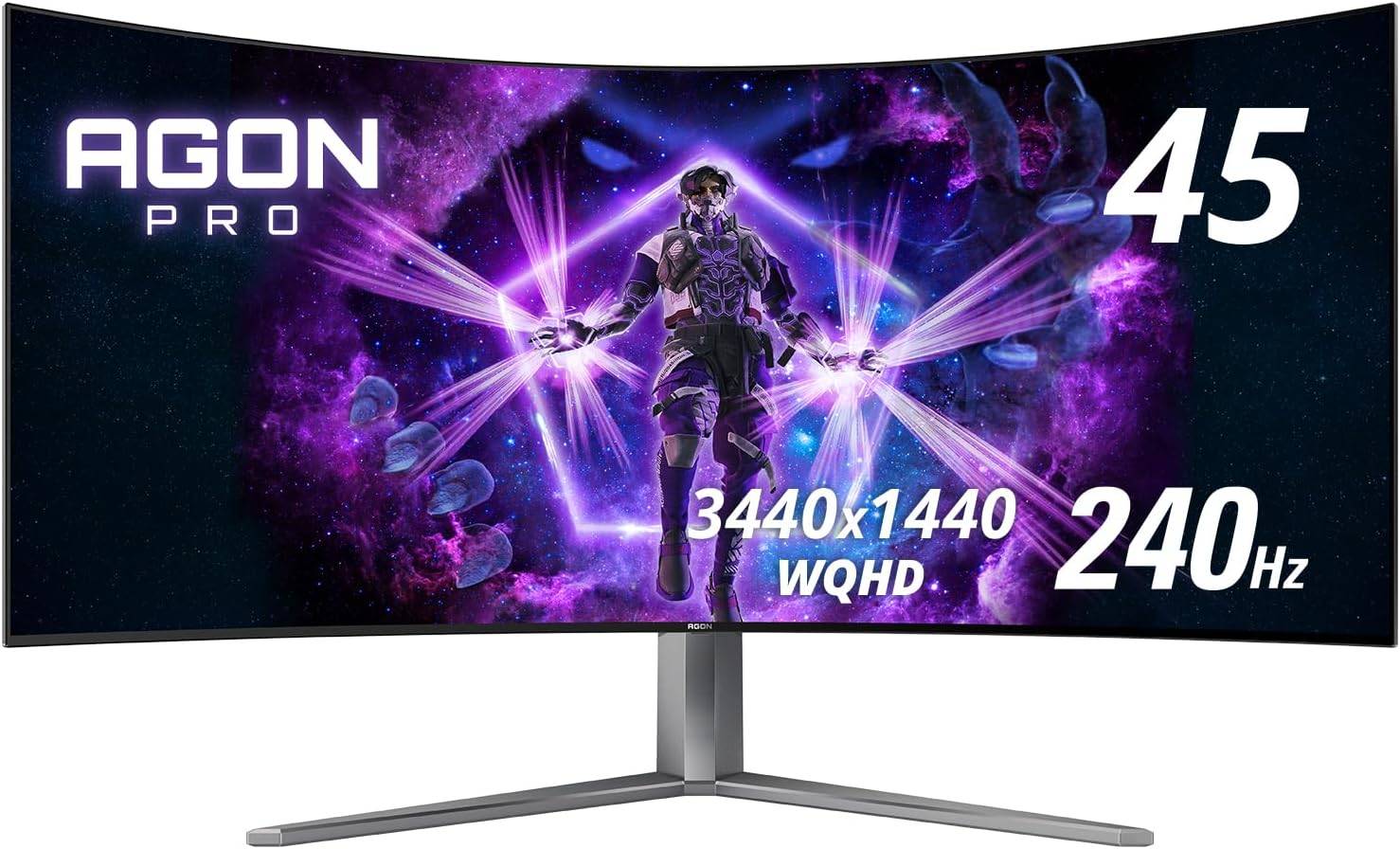
AOC Agon Pro AG456UCZD
An impressive ultrawide OLED gaming monitor. See it at Amazon
Product Specifications: Screen size: 44.5", Aspect ratio: 21:9, Resolution: 3,440 x 1,440, Panel type: OLED, HDR compatibility: HDR 10, Brightness: 1,000cd/m2, Refresh rate: 240Hz, Response time: 0.03ms, Inputs: 2 x HDMI 2.0, 1 x DisplayPort 1.4, 1 x USB-C (DisplayPort mode), 4 x USB-A, 1 x USB-B
PROS: Stunning picture, Ultrawide resolution, Massive size. CONS: Color accuracy could be better.
The AOC Agon Pro AG456UCZD is a massive 45-inch ultrawide monitor with a vibrant OLED panel and a 240Hz refresh rate. Its 21:9 aspect ratio provides expansive screen real estate, enhancing immersion. The deep 800R curve further contributes to the immersive experience, though it might affect text clarity for productivity tasks.
What to Look for in a FreeSync Gaming Monitor
FreeSync, AMD's VRR technology, works with most modern AMD graphics cards via the DisplayPort 1.2a spec. Different FreeSync tiers (Standard, Premium, Premium Pro) offer varying features and performance guarantees. FreeSync Premium guarantees a minimum 120Hz refresh rate, while FreeSync Premium Pro adds HDR support with certified quality standards.
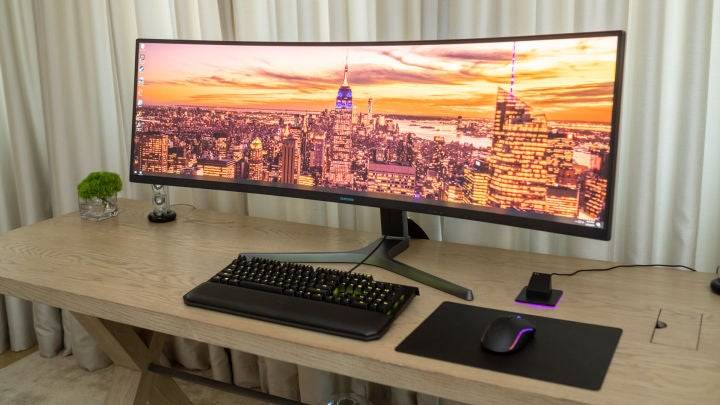
FreeSync Gaming Monitor FAQ
What is VRR?
VRR (Variable Refresh Rate) technology, like FreeSync and G-Sync, synchronizes the monitor's refresh rate with the GPU's frame rate, eliminating screen tearing and providing smoother gameplay at varying frame rates. This contrasts with standard monitors, which are locked to a fixed refresh rate, often resulting in tearing or dropped frames.
What's the difference between G-Sync and FreeSync?
Both G-Sync (Nvidia) and FreeSync (AMD) achieve similar results using the VESA Adaptive-Sync standard. G-Sync monitors often require additional hardware, increasing cost but ensuring consistent high quality. FreeSync monitors are generally more affordable but may have slightly less consistent quality control. Learn more about FreeSync vs. G-Sync.
What is Low Framerate Compensation?
LFC (Low Framerate Compensation) duplicates frames to maintain smooth gameplay when the frame rate drops below the monitor's minimum refresh rate. This differs from Nvidia's frame generation as it simply duplicates existing frames, not generating new ones.
When are FreeSync monitors on sale?
Prime Day, Black Friday, Cyber Monday, back-to-school sales, and early January clearances are typically good times to find deals on FreeSync monitors.
-
Clash Royale has finally introduced a major upgrade for the Inferno Dragon, nearly a decade after its initial release. The fiery Legendary card now boasts enhanced capabilities, with Supercell partnering with Finnish comedian Ismo Leikola for a speciAuthor : Natalie Dec 22,2025
-
HBO's Harry Potter TV series has reached a major casting milestone with the first six roles officially announced. While fans eagerly await reveals for Harry, Ron, Hermione, and Voldemort, we now know who will portray Albus Dumbledore, Minerva McGonagAuthor : Gabriel Dec 22,2025
- Spring Valley Farm Game: January 2025 Redeem Codes
- WWE Superstars Join Call of Duty Warzone: Mobile Roster
- Midnight Girl is a minimalist point-and-click adventure set in Paris in the 60s, now open for pre-orders on mobile
- Mobile Legends: Bang Bang – Best Lukas Build
- "Grand Outlaws Unleashes Chaos and Crime on Android Soft Launch"
- Video Game Song Surpasses 100 Million Streams on Spotify






















